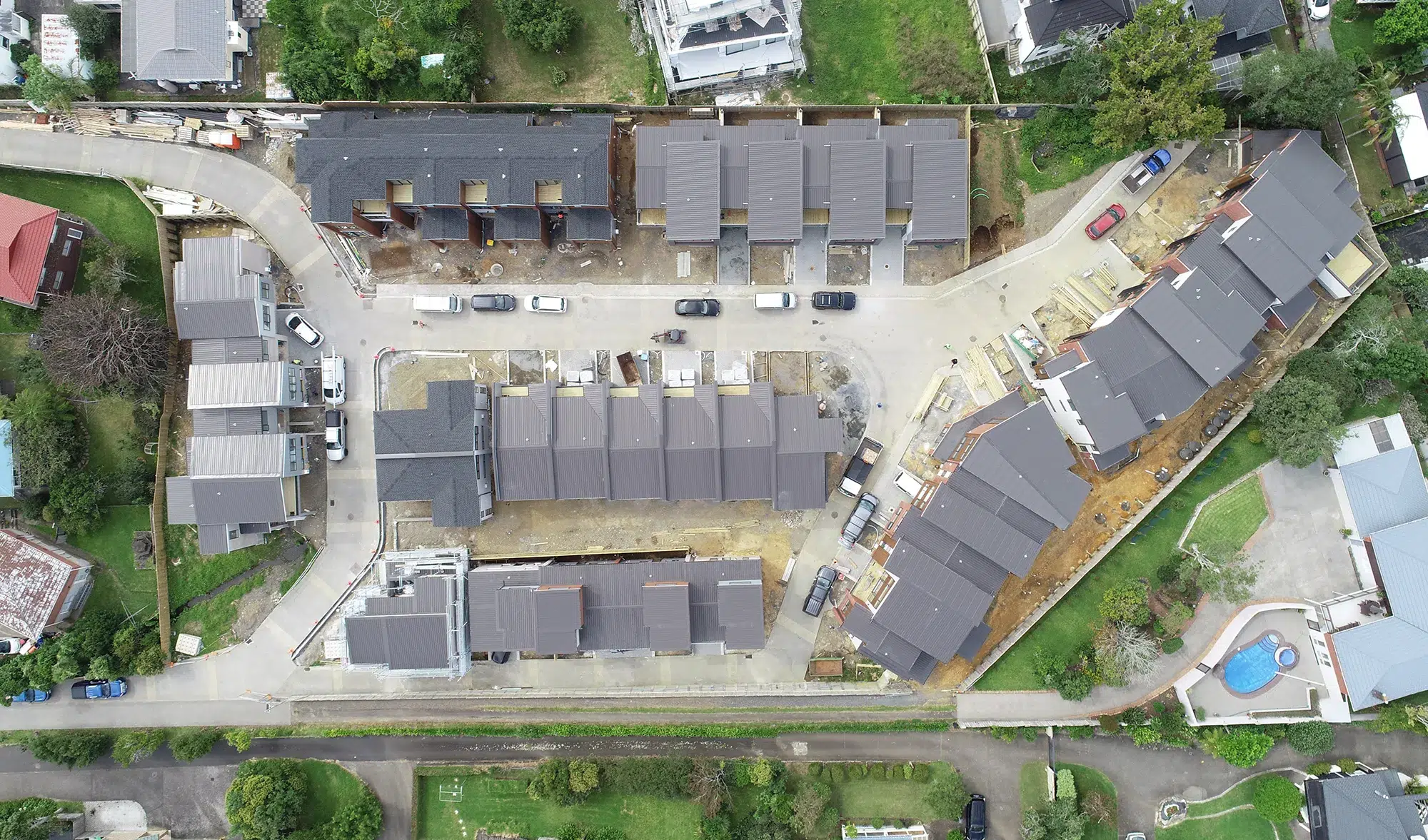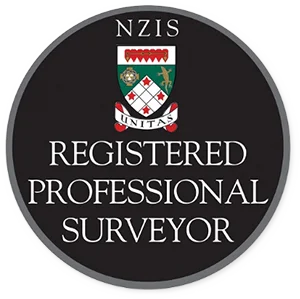The 224(c) Certificate confirms that a subdivision is complete and compliant with all consent conditions, making the new lots legally ready for formal land title registration.
Here’s how a 224(c) Certificate typically works:
1. Completion of Subdivision Works
The developer/consultant must complete all physical works required by the conditions of the resource consent. This may include constructing roads and/or right of ways, installing water and wastewater infrastructure, providing stormwater management systems, and ensuring any required landscaping is finished.
2. Inspection and Compliance Check
During the duration of the development local council inspects the site to confirm that the infrastructure and services are built to the required local council standards. This verifies that all conditions of the resource consent have been fully met when the 224c application is submitted to Council.
3. Documentation Submission
The developer/ consultant submits a formal application to the council, including any necessary documentation to demonstrate compliance. This could include as-built plans, engineering certifications, or agreements for ongoing maintenance.
4. Easements and Legal Instruments
The council ensures that all necessary legal instruments that are in favor of Council, such as easements for utilities and access rights, have been correctly prepared.
5. Issuance of 224(c) Certificate
Once the council is satisfied that all conditions are fulfilled, they issue the 224(c) Certificate and Consent notices if required. This certificate confirms that the subdivision is fully compliant and all conditions of the resource consent have been satisfied. The land is ready for your solicitor and surveyor to apply to LINZ for new titles.
6. Title Registration
With the 224(c) Certificate in hand, your solicitor and surveyor can apply to Land Information New Zealand (LINZ) to have new titles issued for the subdivided lots. This marks the final step in the subdivision process, allowing the lots to be sold or transferred to new owners.
What is the purpose of a 224(c) Certificate?
The 224(c) Certificate is about certifying that all physical and practical conditions of the subdivision (such as infrastructure and services) have been met, allowing for the registration of new land titles.
What is the deadline for obtaining a 224(c) Certificate after resource consent is granted?
In New Zealand, you typically have five years from the date that resource consent is granted to obtain the 224(c) Certificate. This five-year period is specified under the Resource Management Act (RMA) 1991. If you do not obtain the 224(c) Certificate within this timeframe, the resource consent may lapse, meaning you would need to reapply for resource consent or an extension to your consent if you still wish to proceed with the subdivision. However, you can apply for a 223 certificate at the end of the 5-year period to extend the consent by 3 years from when the 223 certificate is approved.
For more detailed information about 224(c) Certification, you can consult with your local council or your local land surveyor like Thornley & Associates.
We offer a wide range of surveying services at a reasonable cost; whether you’re planning an extension for your house or obtaining Unit Titles for your completed commercial building, you almost always need the expertise of a surveyor.


